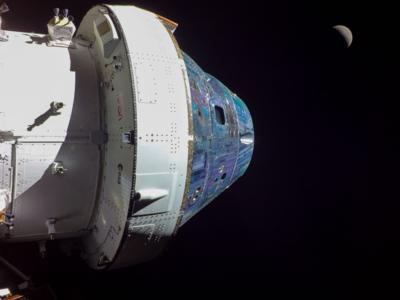Mon, Jan 09, 2023
Advertisement
More News
 ANN's Daily Aero-Linx (11.06.25)
ANN's Daily Aero-Linx (11.06.25)
Aero Linx: The International Civil Aviation Organization (ICAO) The International Civil Aviation Organization (ICAO) is a United Nations agency which helps 193 countries to coopera>[...]
 NTSB Final Report: Champion 7GC
NTSB Final Report: Champion 7GC
About 25 Days (9.3 Hours) Before The Accident, The Airframe Was Modified With Different Landing Gear Legs, Wheels, And Brakes Analysis: The pilot reported that during the landing r>[...]
 Aero-FAQ: Dave Juwel's Aviation Marketing Stories -- ITBOA BNITBOB
Aero-FAQ: Dave Juwel's Aviation Marketing Stories -- ITBOA BNITBOB
Dave Juwel's Aviation Marketing Stories ITBOA BNITBOB ... what does that mean? It's not gibberish, it's a lengthy acronym for "In The Business Of Aviation ... But Not In The Busine>[...]
 Aero-News: Quote of the Day (11.06.25)
Aero-News: Quote of the Day (11.06.25)
“Over 2025, Vertical has shown that when we set targets, we deliver. Whilst maintaining our industry-leading capital efficiency, we are not only demonstrating all piloted fli>[...]
 ANN's Daily Aero-Linx (11.06.25)
ANN's Daily Aero-Linx (11.06.25)
Aero Linx: Air Medical Physician Association (AMPA) The Air Medical Physician Association (AMPA) is the largest professional organization of physicians dedicated to rotor wing (hel>[...]
blog comments powered by Disqus





